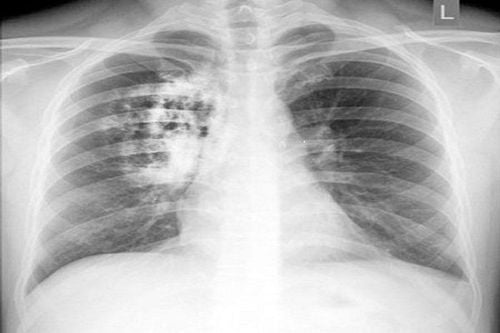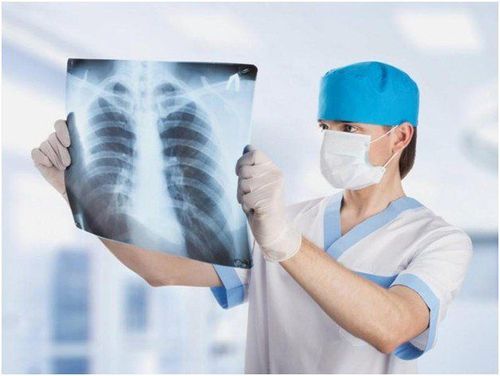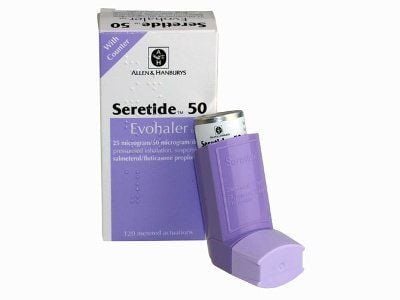Individuals with successfully eradicated tuberculosis remain at high risk of recurrence or reinfection. Identifying risk factors and symptoms of recurrent pulmonary tuberculosis can help target post-treatment screening and care.
1. Definition of recurrent pulmonary tuberculosis
Recurrent pulmonary tuberculosis symptom is defined as the diagnosis of a subsequent episode of tuberculosis after completing treatment or being declared cured at the end of the most recent treatment course. Recurrent tuberculosis occurs after the initial episode has been classified as clinically cured. According to WHO guidelines, "cured" is defined as negative smear microscopy and culture results from sputum samples during the final month of treatment and on at least one previous occasion.
2. Causes of recurrent pulmonary tuberculosis
Patients who have recently completed tuberculosis treatment are at high risk of recurrent tuberculosis, either due to relapse or reinfection. When individuals are diagnosed with recurrent tuberculosis, they are less likely to complete treatment and have a higher mortality rate compared to those experiencing their first episode.
The rate of tuberculosis recurrence varies due to differences in epidemiology and risk factors, ranging from 4.9 to 47 per 100,000 population. Risk factors for recurrent tuberculosis include:
- Poor adherence to tuberculosis treatment, male gender, poverty, and malnutrition;
- Smoking, alcohol addiction, and substance abuse;
- Comorbidities such as diabetes, kidney failure, and malignancies.
These factors can increase the risk of recurrence as they allow a small number of mycobacteria to survive treatment or are associated with immunocompromised conditions, making individuals more susceptible to reinfection.
The current guidelines of the World Health Organization (WHO) use the term "recurrence" to describe all cases of recurrent tuberculosis during evaluation according to the program. This term is largely generic, encompassing both relapse and reinfection. These two mechanisms of tuberculosis recurrence exist as fundamentally independent forms of tuberculosis infection, with different pathogenesis and implications for patients and tuberculosis control programs.

3. Symptoms of recurrent pulmonary tuberculosis
The symptoms of recurrent pulmonary tuberculosis have been reported to vary in clinical symptoms, X-rays and cannot be distinguished clinically from primary tuberculosis. In general, the symptoms of recurrent pulmonary tuberculosis usually progress gradually and can vary from a few weeks to several months. However, in young children and patients co-infected with HIV, a more acute onset of the disease has been noted. Typical symptoms such as fever, night sweats, weight loss, and a persistent cough are considered the most common symptoms, recorded in about 95% of tuberculosis patients.
Patients with chronic pulmonary disease, which means recurrent tuberculosis, often exhibit a chronic cough, primarily accompanied by fever and/or night sweats, weight loss. The nature of the cough may be with or without sputum. Patients who produce sputum may have it be mucous or may cough up significant amounts of blood. Other symptoms include chest pain and difficulty breathing. A chest X-ray plays an important role in diagnosing patients who are negative for sputum smear tests.
Recurrent pulmonary tuberculosis is a condition where a patient who has been treated and cured of pulmonary tuberculosis becomes infected again. Recurrent pulmonary tuberculosis can occur when the immune system is weakened and there is frequent contact with individuals infected with tuberculosis. Therefore, tuberculosis patients should be conscious of adhering to their treatment and implementing measures to prevent the recurrence of the disease.
To arrange an appointment, please call HOTLINE or make your reservation directly HERE. You may also download the MyVinmec app to schedule appointments faster and manage your reservations more conveniently.













